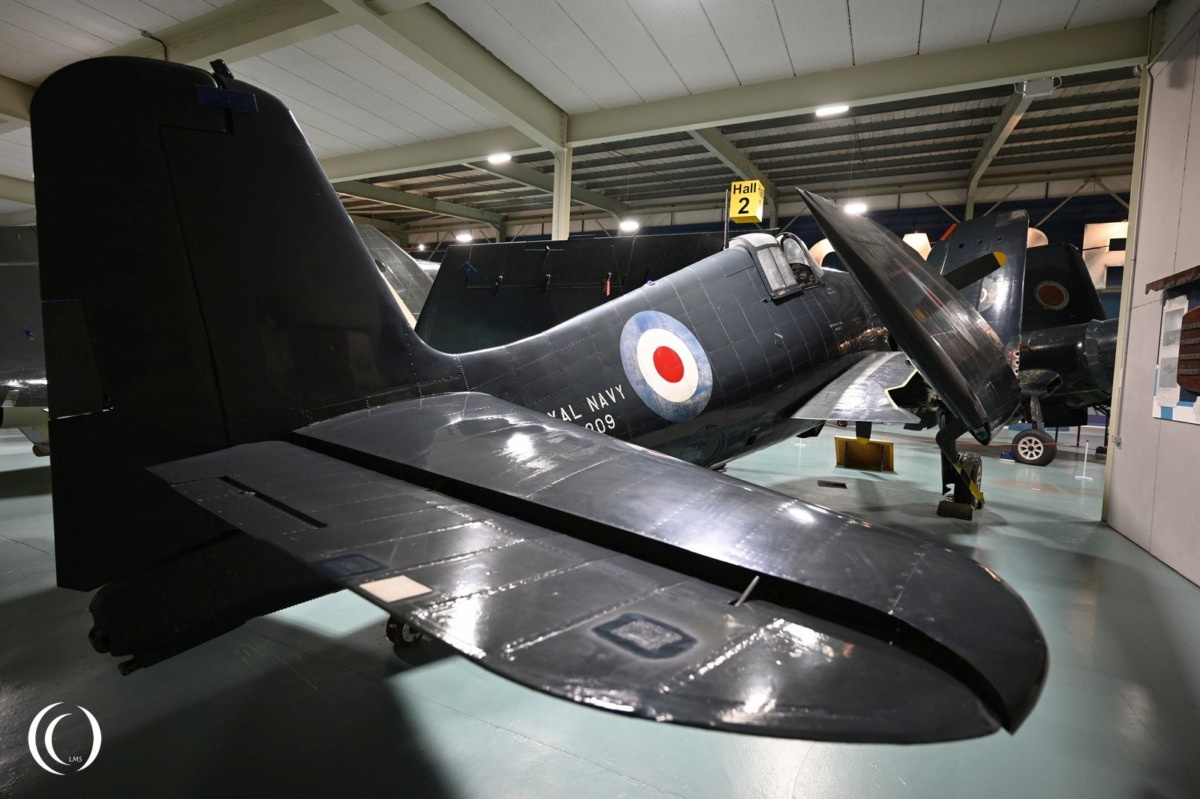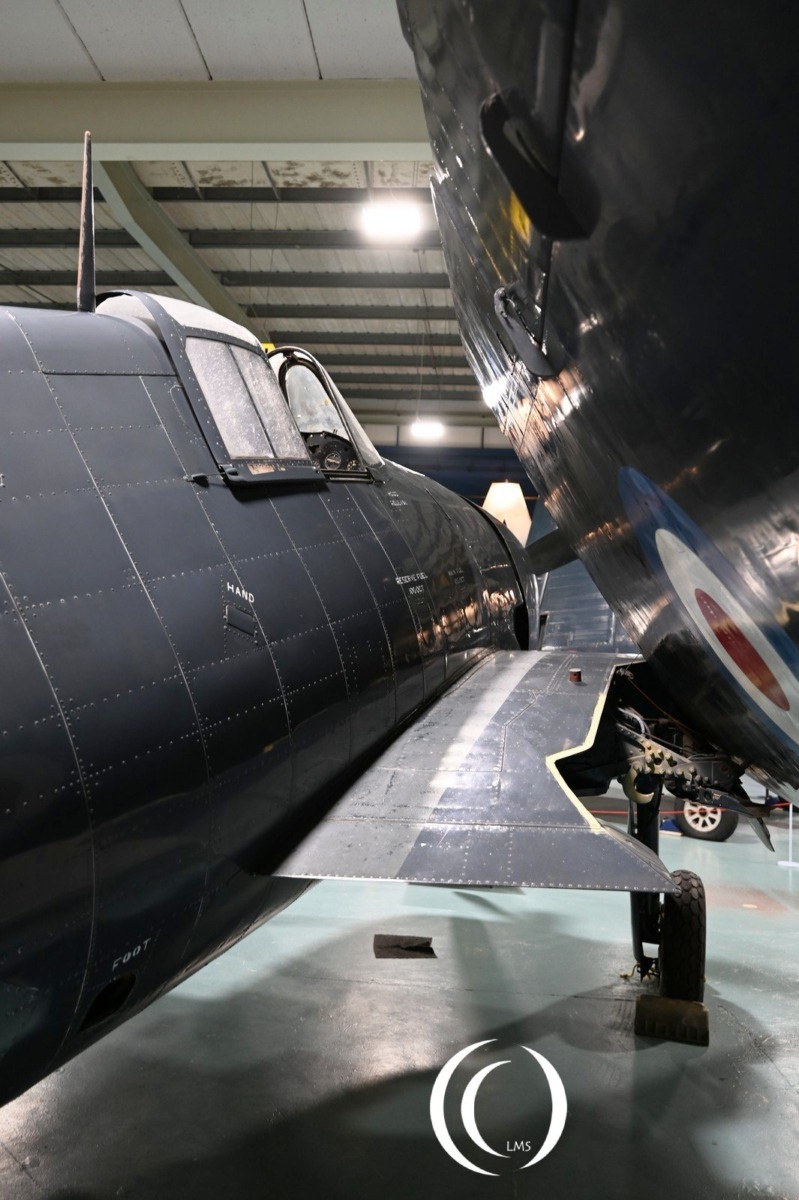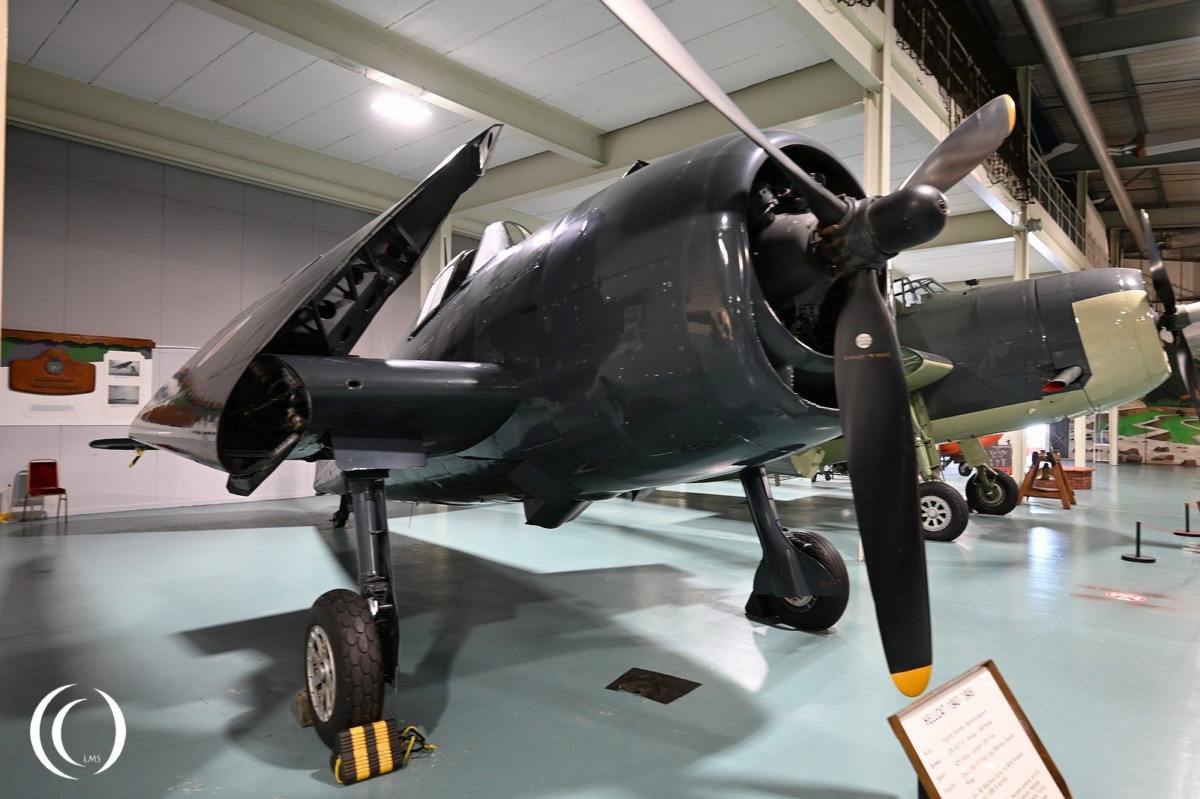
History of the F6f Hellcat
The Grumman F6F Hellcat was a carrier-based fighter aircraft used extensively by the United States Navy during World War II. Designed to replace the earlier Grumman F4F Wildcat, the Hellcat was developed to meet the growing demands of naval air combat in the Pacific Theater. First flown in June 1942, the aircraft entered service in early 1943 and quickly became one of the most effective naval fighters of the war.
Built for strength, speed, and firepower, the Hellcat was powered by a Pratt & Whitney R-2800 Double Wasp radial engine, which gave it a top speed of around 380 mph (610 km/h). The aircraft had a robust airframe capable of absorbing damage, making it well-suited for the rigors of carrier operations. Its wide landing gear, folding wings, and excellent visibility were key features that aided in carrier takeoffs and landings.
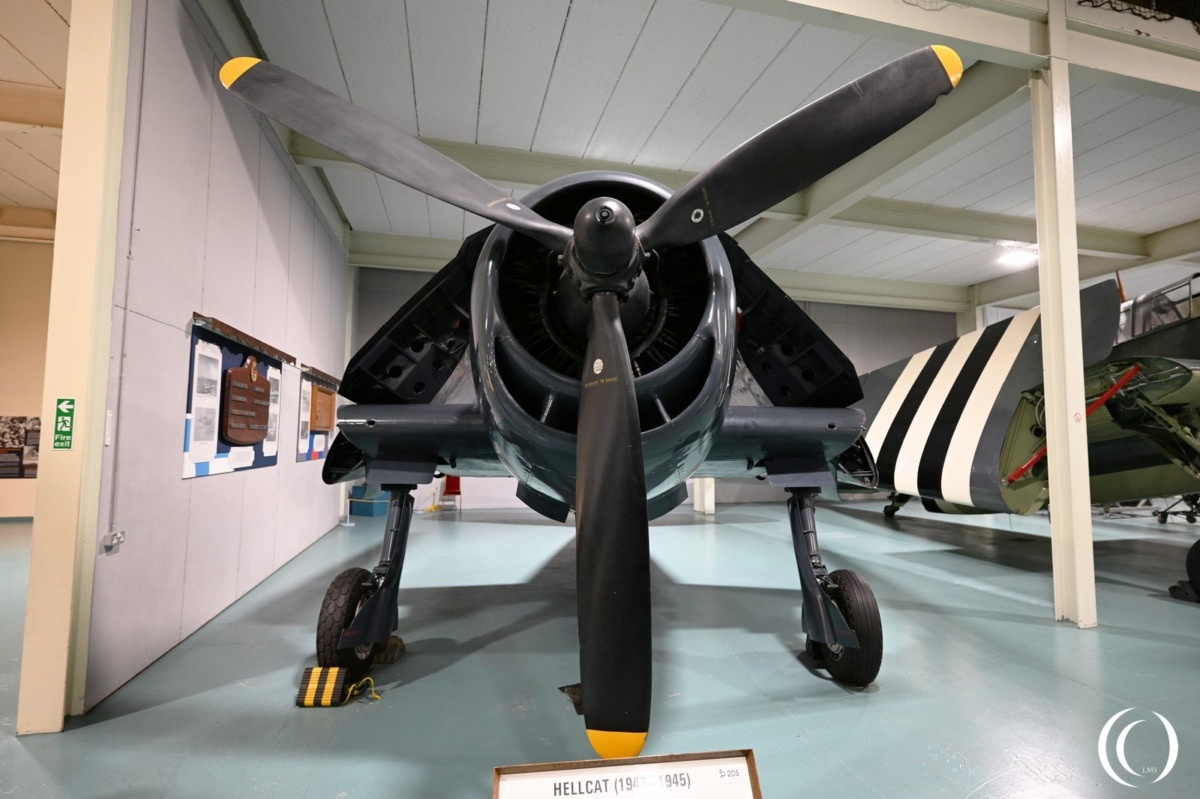
Armed with six .50 caliber machine guns, the Hellcat had substantial firepower and could also carry bombs or rockets for ground attack missions. It was highly versatile, serving not only as a fighter but also in roles such as fighter-bomber and night fighter, with some variants equipped with radar for interception duties.
The F6F Hellcat played a major role in gaining air superiority over the Japanese. It was credited with more than 5,000 enemy aircraft kills, the most of any Allied naval aircraft in the war. It contributed heavily to key campaigns including the battles of the Philippine Sea, Iwo Jima, and Okinawa. Despite entering service after the war had begun, it quickly became the dominant naval fighter in the Pacific. In total, over 12,000 Hellcats were built between 1942 and 1945. The aircraft was also operated by the British Royal Navy under the Lend-Lease program, where it was known as the Hellcat Mk I and Mk II. Some examples remained in service into the early postwar years, with a few used for training or secondary roles.
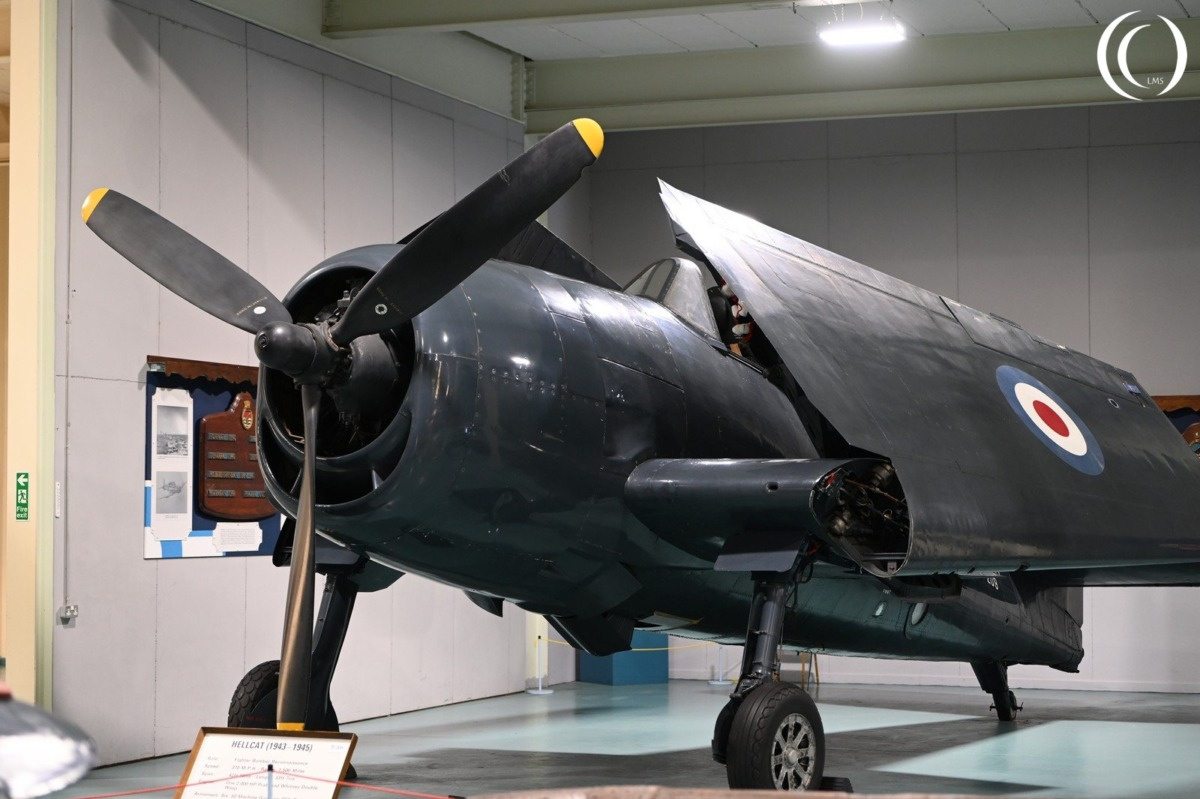
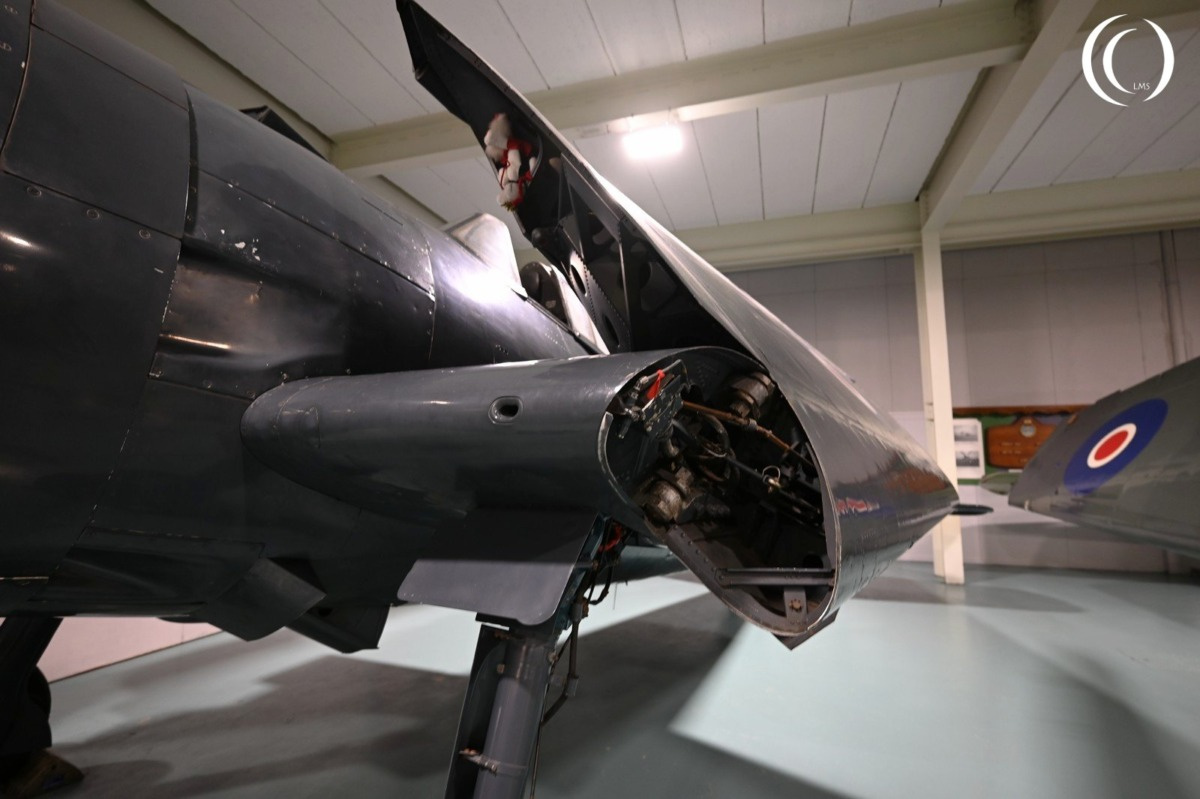
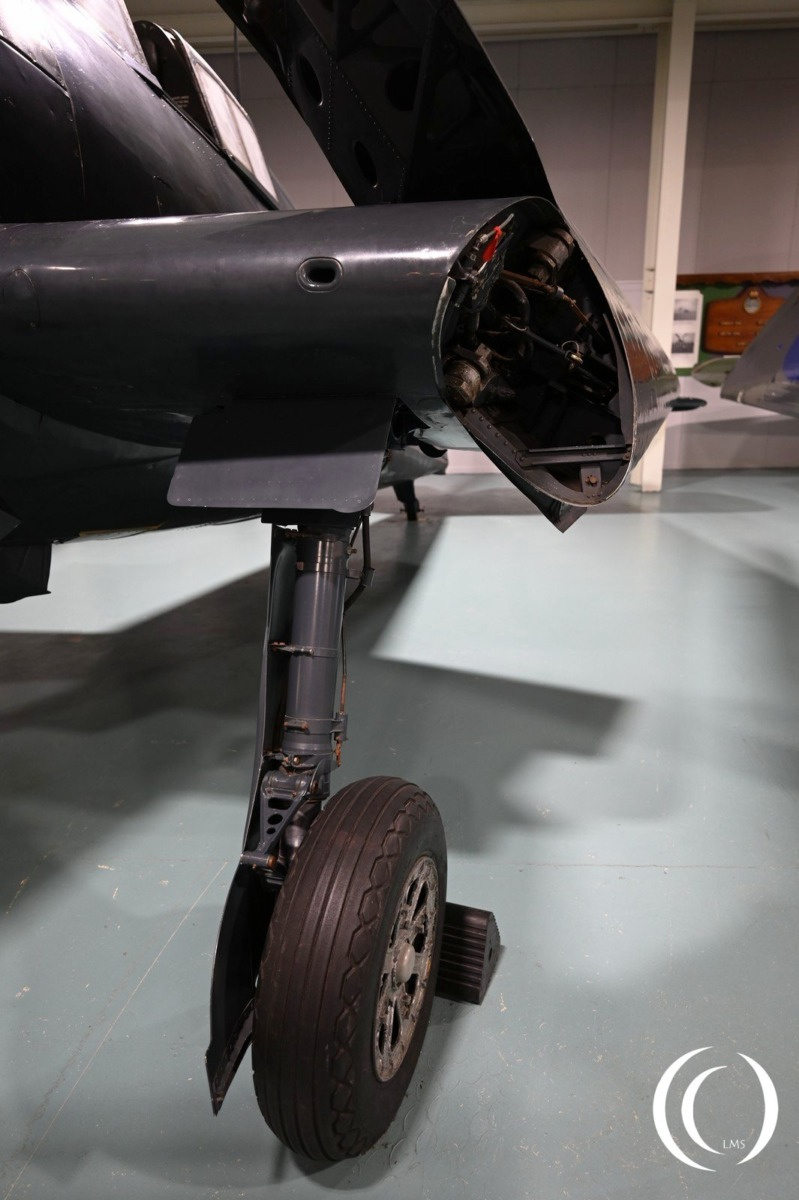
Specifications of the F6F-5 Hellcat
The Hellcat was flown by one crewmember. It was 10,24 meter long, 3,99 m heigh and had a wingspan of 13,06 meters (33 ft 7 in long, 13 ft 1 in height, wingspan 42 ft 10 in). The Pratt & Whitney R-2800-10W Double Wasp 18-cylinder air-cooled radial piston engine with 2,200 hp gave it a maximum speed of 391 mph (690 km/h) with a cruising range of 1530 mi (2460 km) and combat range of 945 mi (1521 km).
It was armed with six 0.50 in (12,7 mm) M2 Browning machine guns with 400 rounds each or two 0,79 in (20 mm) An/M2 cannons with 225 rounds each and four 0.50 in (12,7 mm) M2 Browning machine guns with 400 rounds each.
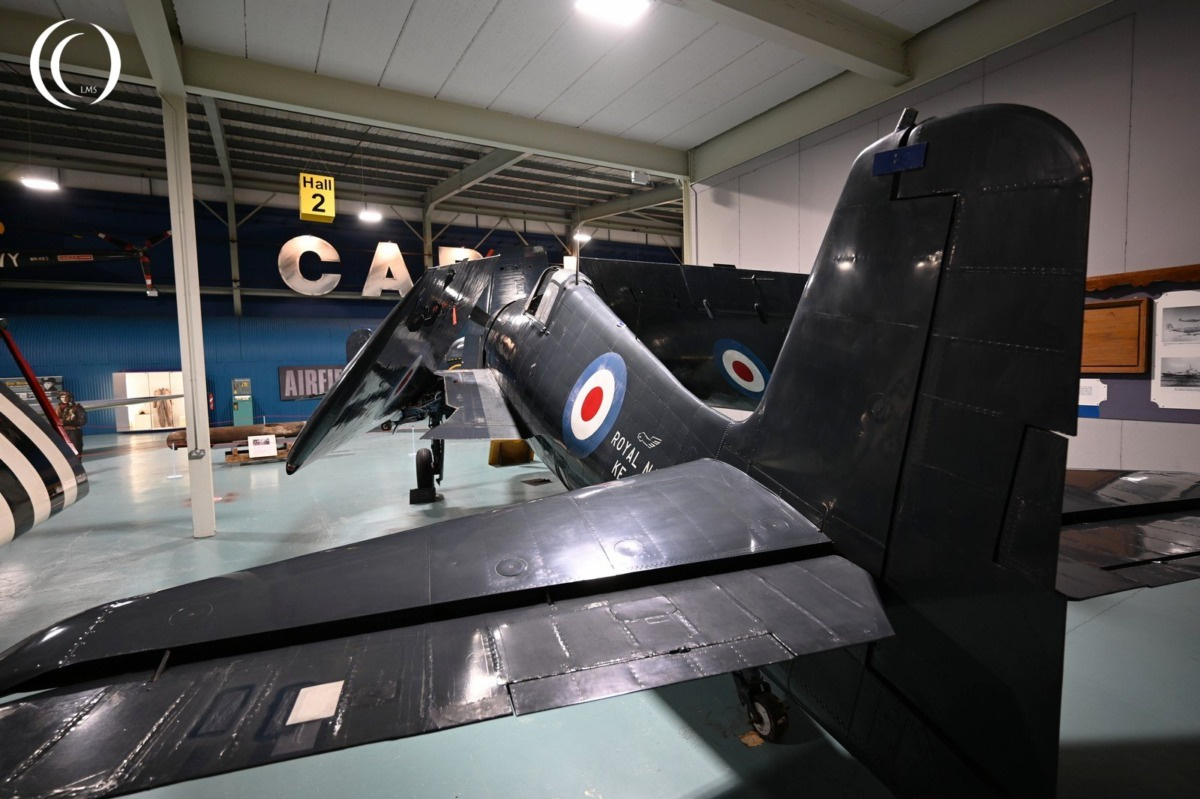
It could carry different sets of bombs with a weight up to 4000 lb (1800 kg) divided over one center rack and two under-wing racks, or one Mark 13 torpedo.
The F6F-5 Hellcat could be outfitted with six 5 in (127 mm) HVAR unguided rockets or two 11.75 in (298 mm) Tiny Tim unguided rockets.
1275 Hellcats in different variants were built in just two years from 1943 to 1945. They were credited with destroying 5223 enemy aircraft in the combined service of the United States Navy, U.S. Marine Corps and the British Royal Navy, more than any other Allied naval fighter. The Grumman F6F Hellcat was phased out after the war, radar-equipped F6F-5Ns served until 1954. The last Hellcats were in service until 1960 in the Uruguayan Navy.
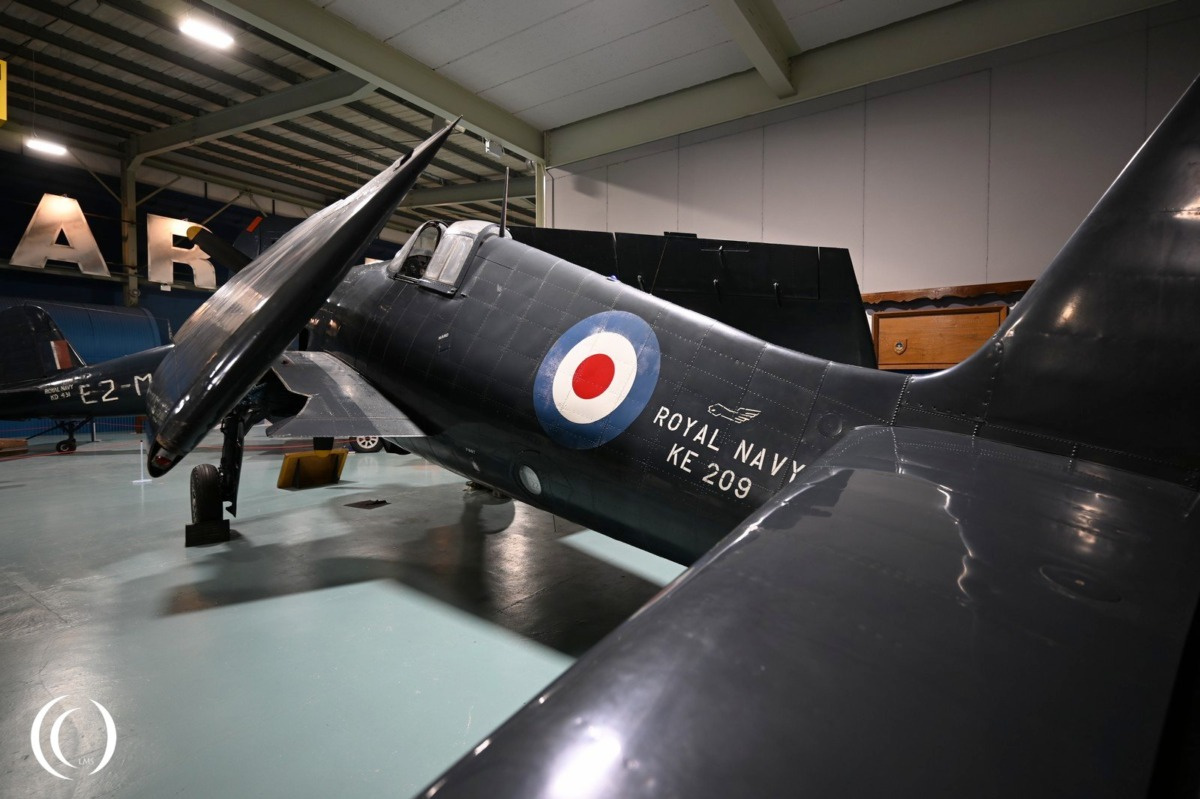
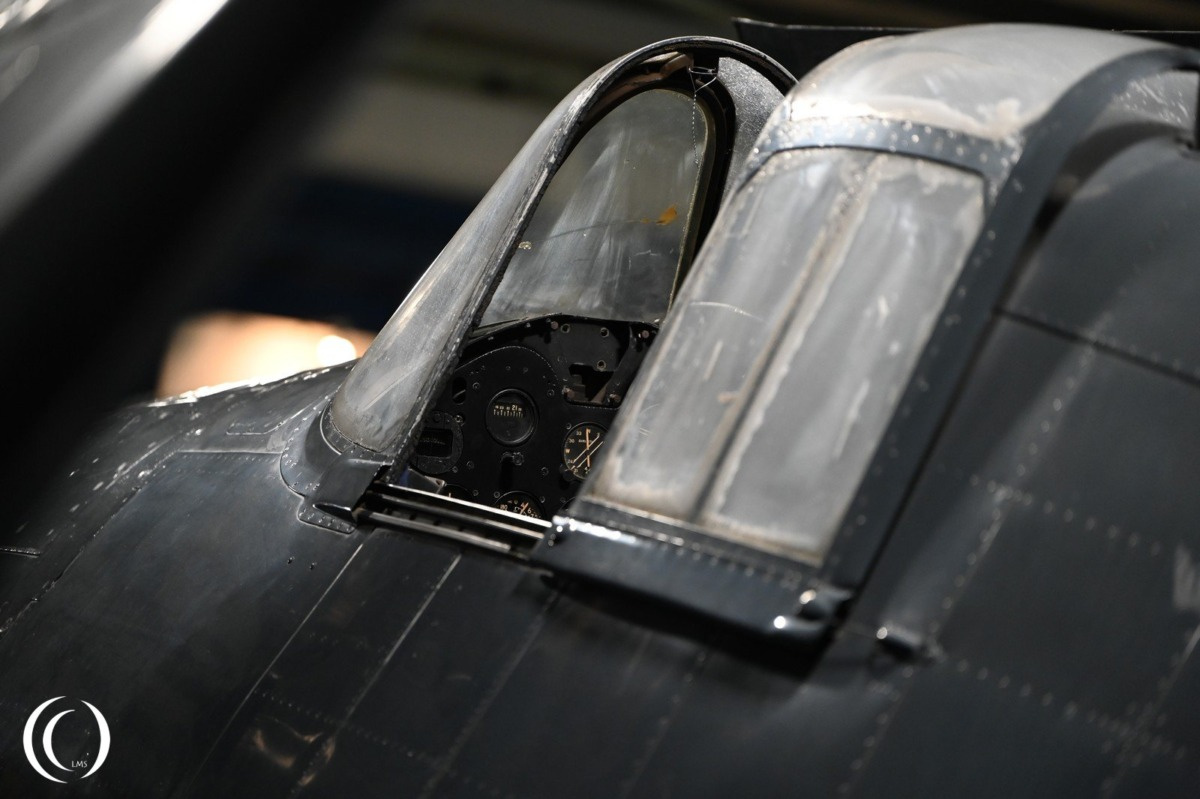
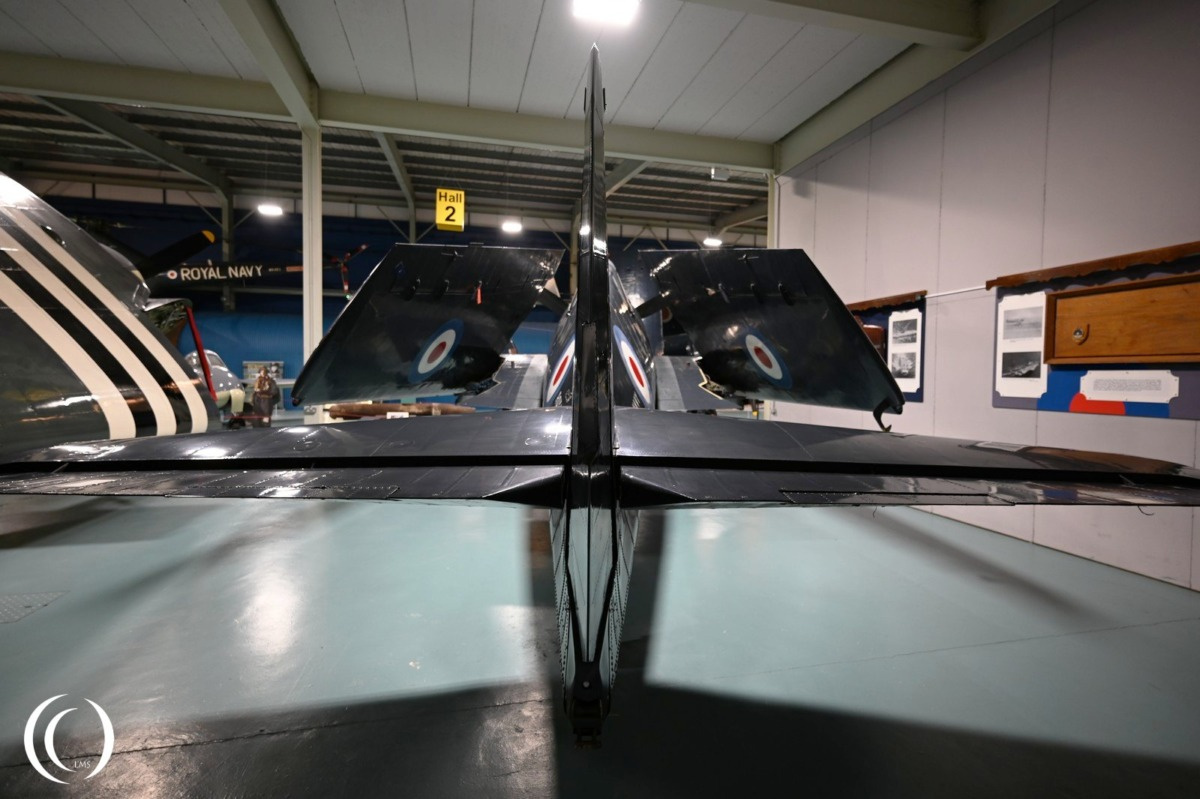
The Grumman F6F Hellcat in British royal navy
1840 Naval Air Squadron (1840 NAS) was formed in March 1944 as part of the Royal Navy’s Fleet Air Arm, equipped with Grumman Hellcat fighters. During World War II over 80% of the pilots were from the Royal Netherlands Naval Aviation Service. Initially based at RNAS Burscough, the squadron conducted deck landing training and later joined operations in Norway, participating in carrier strikes against the German battleship Tirpitz. In late 1944, it transitioned to the British Pacific Fleet aboard HMS Speaker, providing Combat Air Patrol over support vessels during the Okinawa campaign. On 27 April 1945, the squadron was disbanded, with its aircraft and personnel absorbed into 1839 NAS aboard HMS Indomitable. It earned battle honours for Norway and Okinawa.
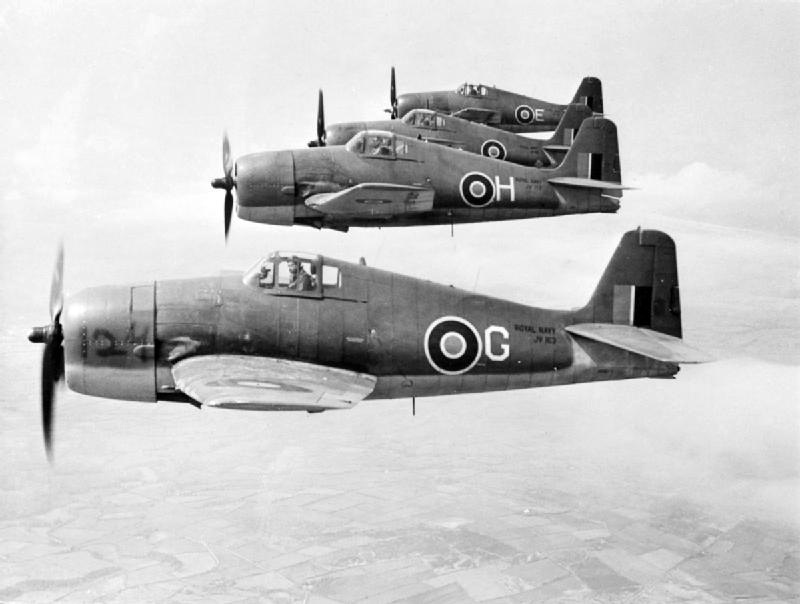
Grumman Gannet
In the photos is a Grumann Hellcat F Mk. II – F6F-5 type with Royal Navy serial number KE209. It has construction number A-10924 and was built in 1945 as a U.S. Navy F6F‑5 (BuNo 79779).
It was transferred to the United Kingdom and delivered to the Royal Navy under Lend-Lease agreements. When the Royal Navy received their first Grumman F6F aircraft they named it Grumman Gannet F Mk. I, shortly after they changed it back to Hellcat F Mk. I. They kept the Mark (Mk.) identification on newer delivered versions, later versions were named; Hellcat F. Mk. II.
The Hellcat F. Mk. II – KE209 entered service with a Station Flight at RNAS Lossiemouth in mid‑1946. Around 1970 it ended up in the Fleet Air Arm Museum at RNAS Yeovilton.
